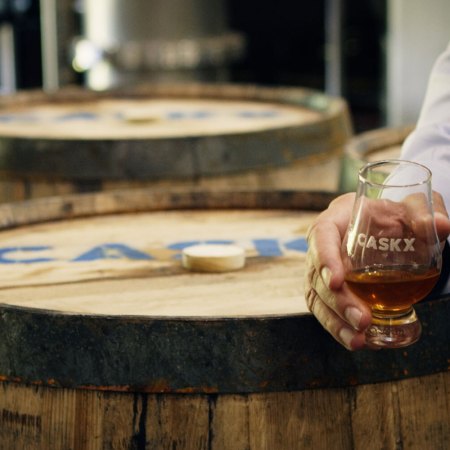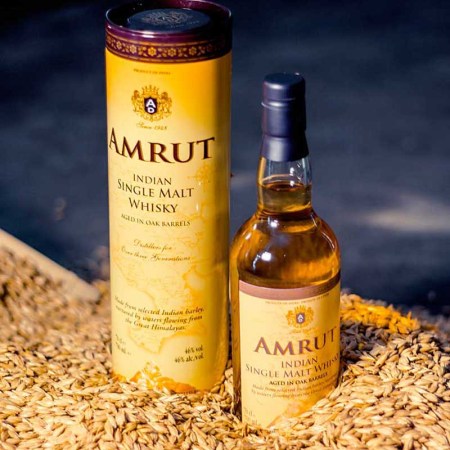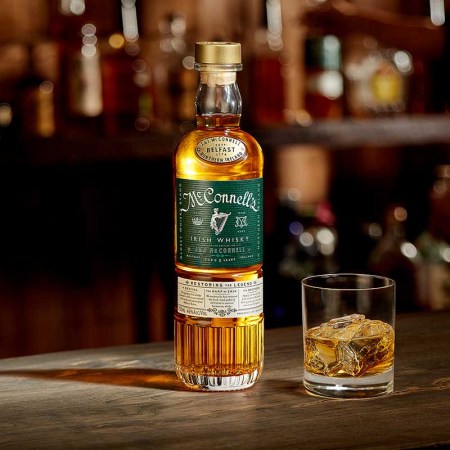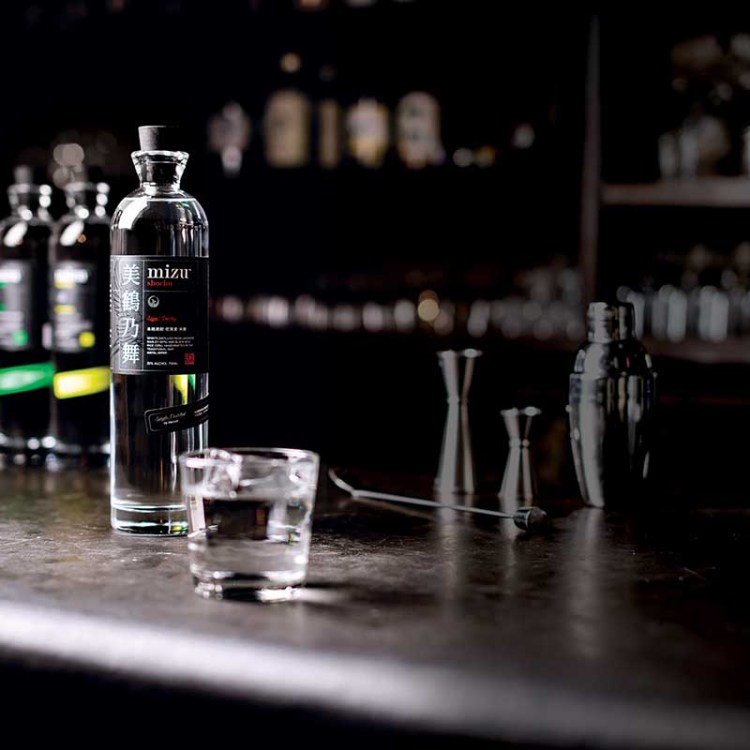While it’s our favorite Scotch of the year, the tenth edition of the Octomore started off as a slight disappointment.
Sure, the four expressions of the Islay single malt are still the smoky peat bombs we’d come to know and love, but this year’s releases had us using words like “nuance” and “complexity.”
I wasn’t sure I was ready for this kind of maturity.
Octomore hails from Bruichladdich, a distillery located on the southernmost end of western Scotland’s Herbidean Archipelago. Founded in 1881, shuttered at the end of the 20th century and revived in 2001, the distillery uniquely focuses on local terroir, the use of over 200 different types of barrels and using traditional methods to achieve their goals.
And those goals are different! The namesake Bruichladdich is unpeated, their Port Charlotte release is heavily peated and Octomore was purposely crafted to be the “world’s most heavily peated whisky,” meaning it packs as much phenolic content (smoke particles) into its malt as possible while still keeping the spirit palatable.
I first tried Octomore during its eighth annual release, which also happened to find the Scotch at its boldest (e.g. the 8.1 had a 167 ppm, and a designation of “heavily peated” means anything above 30).
But the four limited-edition releases this year — 10.1 through 10.4 — offer more subtle rewards. One interesting example: The only real difference between the 10.1 and 10.3 releases is where the barley was grown, with Islay taking the reins for the latter release. Same ex-American oak maturation, nearly the same ABV, both distilled in 2013 … and yet the two youthful spirits are two wildly different beasts. Head distiller Adam Hannett credits the “salty soil” of Islay for giving 10.3 its distinctive taste and salinity.
Meanwhile, 10.4 is purposely very young (three years) and matured in virgin oak casks — yet the single-malt is relatively well-rounded. We liked it, but the true standout arrives in Octomore 10.2, a spirit matured in both first fill ex-American oak casks and the third-fill French oak casks which previously held Sauternes sweet wine. It’s a bit tropical, fruity and a wonder on the nose, while the smokiness is still prevalent but dare we say … tempered?
Octomore used to overwhelm, in a good way. Now it makes us think. And that’s a good thing, too.
(Unfortunately, 10.2 is a “travel retail” exclusive, so use that fact as an excuse to make a few international trips this year.)
We enjoyed a lot of Scotch this year. A few things we learned along the way:

How to Drink Scotch, According to a Guy Who Does It For a Living
We went through a tasting with Loren Cousin, the National Ambassador for The Balvenie, and learned the nuances of drinking whisky like a pro. Hint: Do not swirl your glass before nosing or sipping.

Scotch Is Starting to Court the Fashion Industry
The Glenlivet collaborated with streetwear guru Don C and took over New York Fashion Week. Turns out you need to appeal to people who don’t necessarily look and act like Ron Swanson (although that Scotch is gonna be pretty damn good).

BenRiach Is the Best Scotch You’re Not Drinking Yet
Their Temporis 21 Years came in second place at the San Francisco World Spirits Awards earlier this year. A marriage of whisky aged in bourbon barrels, virgin oak, Pedro Ximenez Sherry and Oloroso sherry casks, it offered up tasting notes like “smoky bacon” and “Korean BBQ.”

Whisky Is Going to Keep Breaking Auction Records
The “Ultimate Whisky Collection” grossed just under $10 million in sales earlier this October. “The Perfect Collection” is gonna top that. If you’re worried about stocks, invest in whisky (here’s how to do it on a budget).

Maybe You Don’t Need to Buy a $25K Scotch
We tried the Glenlivet’s Winchester Collection Vintage 1967 and enjoyed it! But we’d be just fine sticking with the distillery’s delicately spicy 15 Year, aged in French oak that’s better known for maturing Cognacs. For 0.24 percent of the Winchester’s price, it’s worth it.
This article was featured in the InsideHook newsletter. Sign up now.






















